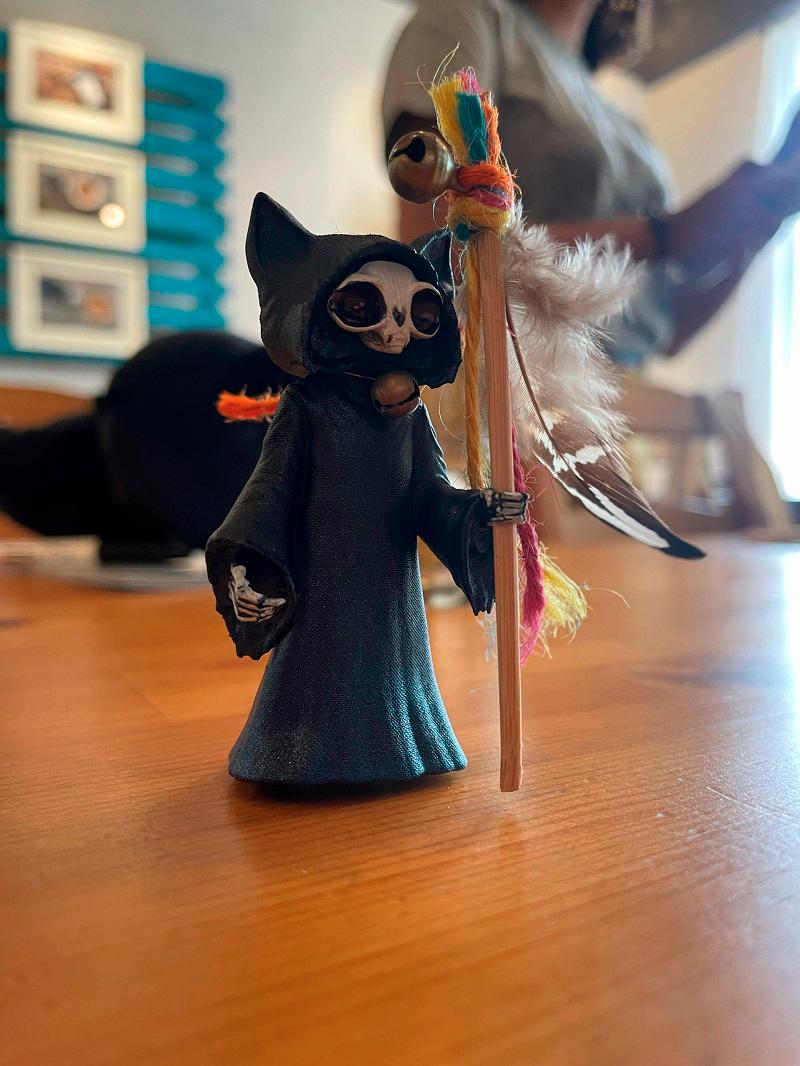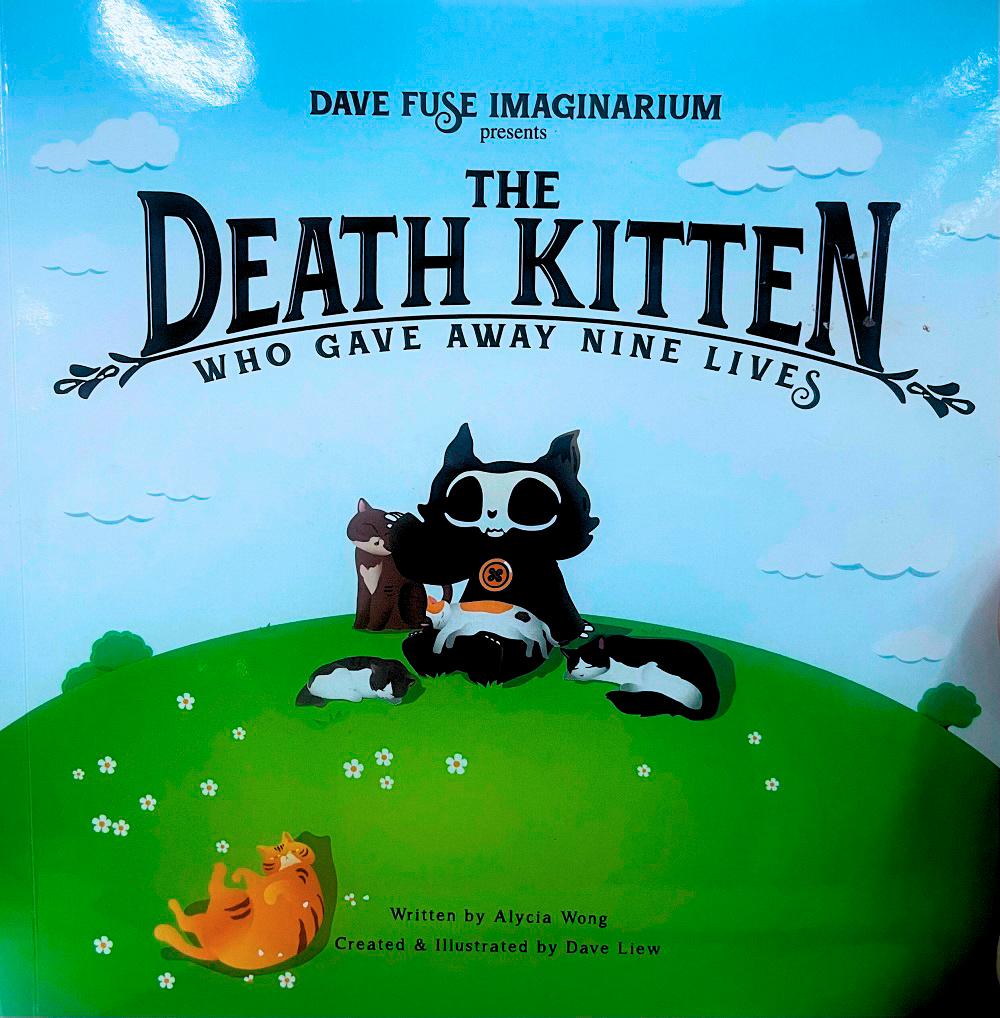WHEN pets die, where do they go? A question that has sent parents all over spiralling, grappling for the right words to explain a taboo topic before landing on the good ol’ “Oh, they went to pets’ heaven”.
Exploring that grim mystery is The Death Kitten Who Gave Away Nine Lives, written by Alycia Wong, and created and illustrated by Dave Liew.
Set in Folkvangr, the book invites little minds to the vibrant afterlife realm helmed by the Norse goddess Freya.
The tale opens with a plague that looms over the realm as many cats, all of whom are supposed to pass the Rainbow Bridge, go missing.
Needing the extra paws, Oken, the lead character, was hired to lighten the load. An intern, he works under the supervision of the Senior. Think cat-Grim Reaper!
But Oken faces a dilemma. He is not sure that he would be a good fit to be a Death Kitten, but Freya trusts him, and he has been entrusted to collect his first soul under the supervision of The Senior.

Easy read
The book starts light and genuine with the classic “Once upon a time” – a little cheesy even.
The first one of its kind, The Death Kitten, does not bother with witty dialogues or poignant metaphors, it is a book for children who do not care much for literary flair.
It does not try too hard to please bibliophiles, but simply narrates a story about death and the afterlife in the most whimsical way possible.
An excellent bedtime story, the obvious puns and light wordplay make reading about a rather sombre topic fun.
If there was a flaw in the book, it is the sudden insertion of comic blurbs that may confuse young readers... or not. It is clear from this book that we are only at the exposition of The Death Kitten universe.
Its creators mentioned during the book launch that there is more to come, which explores Oken’s relationship with his “job” and the afterlife.

Colour play
Striking a balance between the dark and light, The Death Kitten hits that sweet spot by making the visuals of its characters cute but not obnoxiously so.
Wong mentioned the use of colour grading to indicate the emotional weight of a scene. This subtle detail, which employs a technique (mood lighting) normally used for stage plays, is an incredibly useful way to help children focus and associate colours with moods, triggering their cognitive function as they ease through a simple read.
Not only that, it will keep them glued to reading the book, without overstimulating them, as the art style is kept clean and rounded throughout.
Somewhere between a manga and a comic, The Death Kitten Who Gave Away Nine Lives is creating a canvas of its own by helping children understand loss, love and second chances. It is definitely worth the read!










